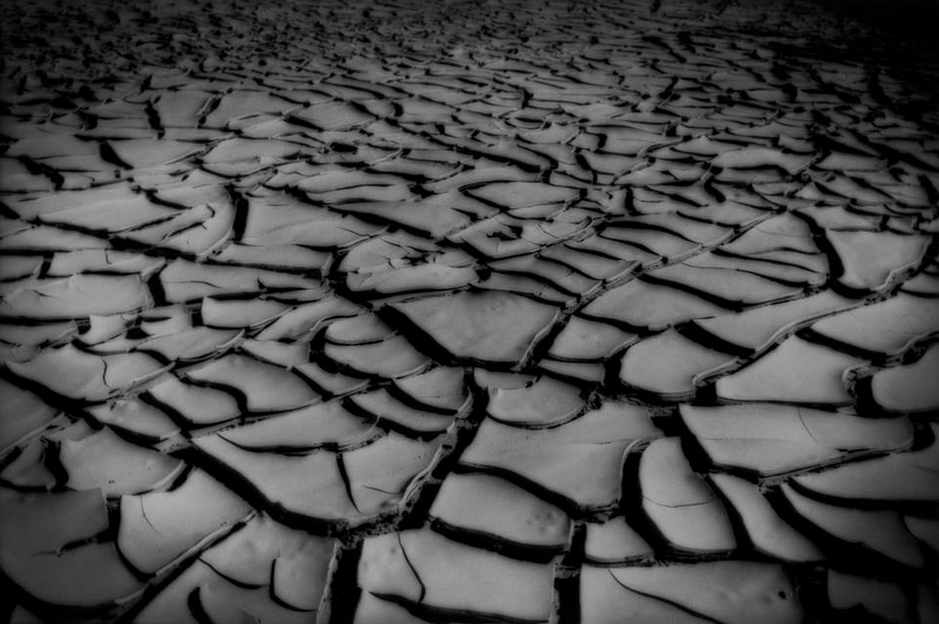Photographic Activism: Everyday Climate Change
Photographic Activism: Everyday Climate Change
You may have heard of or even follow many of the "Everday" photoblogs that have arisen in the past couple of years, the ones inspired by Everyday Africa and Humans of New York. There's Everday USA, Everyday Asia, and Everyday India, to name a few. The stated goal of all these blogs is a good one: expand our perspectives - help audiences rethink the unfair stereotypes and stigmas they may hold against a certain people or place. They are platforms to celebrate the diversity of our planet and amplify the stories of those most marginalized.
Into this ecosystem of "Everyday" blogs comes one of a different sort: Everyday Climate Change. Where Everday Africa et al. consider a place, Everday Climate Change considers a concept, and an important concept at that. Started by photographer James Whitlow Delano, and now joined by over 30 prominent photojournalists, Everyday Climate Change hopes to highlight the damage human caused climate change has on ecosystems around the globe. Or as the photographers put it, the visual document of climate change: "People in the developing world don’t need to be told about CLIMATE CHANGE. They are already living with the consequences. The industrialized north is both the problem and we can be key to the solution."
Follow Everyday Climate Change on Instagram at @everydayclimatechange
You can also find them on facebook here

